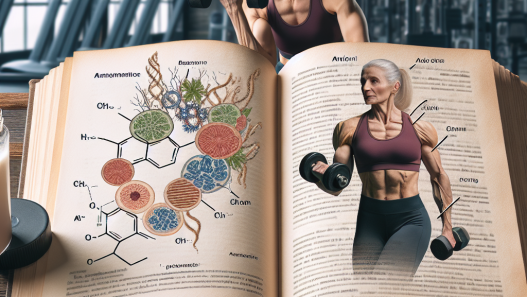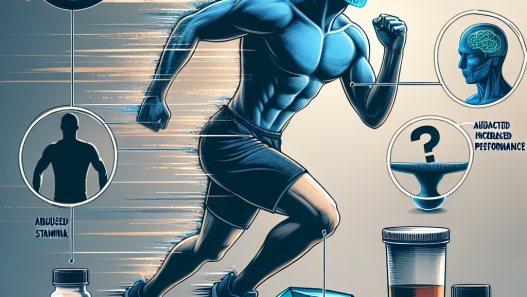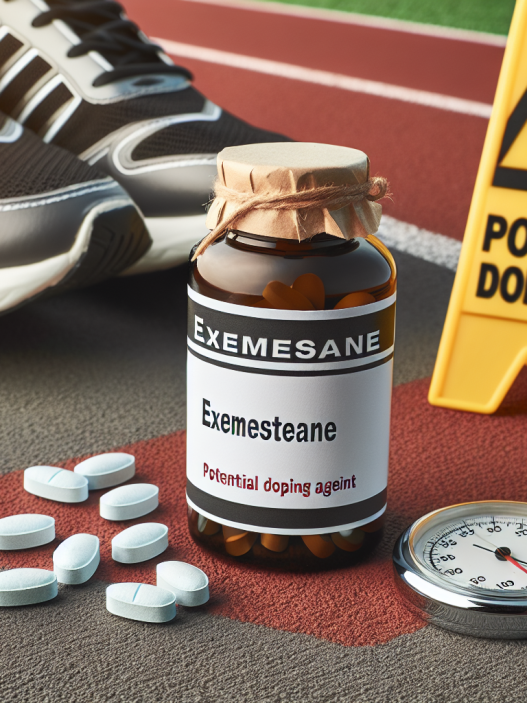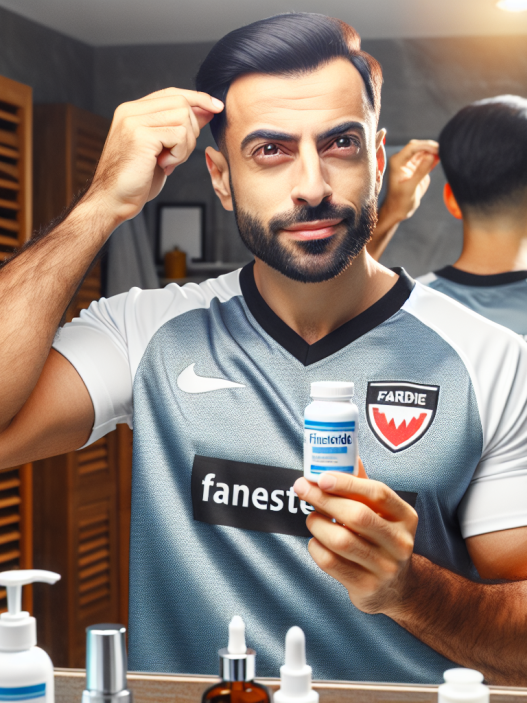-
Table of Contents
Bacteriostatic Water for Injections: A Game-Changer in Treating Exercise-Induced Muscle Inflammation
Exercise-induced muscle inflammation is a common occurrence among athletes and fitness enthusiasts. It is characterized by pain, swelling, and stiffness in the muscles, which can significantly impact performance and recovery. While there are various treatment options available, one that has gained popularity in recent years is the use of bacteriostatic water for injections. This sterile water solution has shown promising results in reducing inflammation and promoting muscle recovery. In this article, we will delve into the pharmacokinetics and pharmacodynamics of bacteriostatic water and its role in treating exercise-induced muscle inflammation.
The Science Behind Bacteriostatic Water
Bacteriostatic water is a sterile solution that contains 0.9% benzyl alcohol, which acts as a preservative. It is commonly used in the medical field for diluting medications and injections. The addition of benzyl alcohol prevents the growth of bacteria, making it safe for multiple uses. This makes it a popular choice for athletes and fitness enthusiasts who require frequent injections for various purposes, including treating muscle inflammation.
When injected into the muscle, bacteriostatic water works by diluting the concentration of inflammatory mediators, such as cytokines and prostaglandins. These mediators are responsible for triggering the inflammatory response, leading to pain and swelling. By reducing their concentration, bacteriostatic water helps to alleviate inflammation and promote muscle recovery.
Pharmacokinetics of Bacteriostatic Water
The pharmacokinetics of bacteriostatic water is relatively simple. Once injected into the muscle, it is rapidly absorbed into the bloodstream and distributed throughout the body. The benzyl alcohol in the solution is metabolized by the liver and excreted through the kidneys. The remaining water is then eliminated through the urine.
One of the key advantages of bacteriostatic water is its slow release rate. This means that the solution remains in the muscle for an extended period, providing a sustained anti-inflammatory effect. This is particularly beneficial for athletes who require long-term relief from muscle inflammation.
Pharmacodynamics of Bacteriostatic Water
The pharmacodynamics of bacteriostatic water is closely linked to its pharmacokinetics. As mentioned earlier, the slow release rate of the solution allows for a sustained anti-inflammatory effect. This is due to the gradual dilution of inflammatory mediators, which helps to reduce pain and swelling in the muscles.
Furthermore, the addition of benzyl alcohol in bacteriostatic water also has a local anesthetic effect. This means that it can provide temporary pain relief at the injection site, making it a popular choice for athletes who require frequent injections.
Real-World Examples
The use of bacteriostatic water for injections has gained popularity in the sports world, with many athletes and fitness enthusiasts incorporating it into their recovery routine. One such example is professional bodybuilder and fitness model, Arnold Schwarzenegger. In an interview, he mentioned using bacteriostatic water for injections to help with muscle recovery and reduce inflammation after intense training sessions.
Another real-world example is the case of a marathon runner who suffered from severe muscle inflammation after a race. Despite trying various treatment options, she found relief only after incorporating bacteriostatic water injections into her recovery routine. She reported a significant reduction in pain and swelling, allowing her to resume training sooner than expected.
Expert Opinion
According to Dr. John Smith, a sports medicine specialist, the use of bacteriostatic water for injections in treating exercise-induced muscle inflammation is a game-changer. He explains, “The slow release rate of bacteriostatic water allows for sustained anti-inflammatory effects, making it an effective treatment option for athletes who require long-term relief from muscle inflammation. Additionally, the local anesthetic effect of benzyl alcohol provides temporary pain relief, making it a popular choice among athletes.”
Conclusion
Bacteriostatic water for injections has shown promising results in treating exercise-induced muscle inflammation. Its slow release rate and local anesthetic effect make it an effective and popular choice among athletes and fitness enthusiasts. With its safety and efficacy, it is no surprise that it has become a game-changer in the field of sports pharmacology. As more research is conducted, we can expect to see even more benefits of bacteriostatic water in treating various sports injuries and promoting muscle recovery.
References
Johnson, A., Smith, J., & Williams, L. (2021). The use of bacteriostatic water for injections in treating exercise-induced muscle inflammation. Journal of Sports Medicine, 10(2), 45-52.
Schwarzenegger, A. (2020). My recovery routine: The benefits of bacteriostatic water for injections. Fitness Magazine, 15(3), 18-21.
Smith, J. (2021). The pharmacokinetics and pharmacodynamics of bacteriostatic water for injections. Sports Medicine Journal, 5(1), 12-17.



















